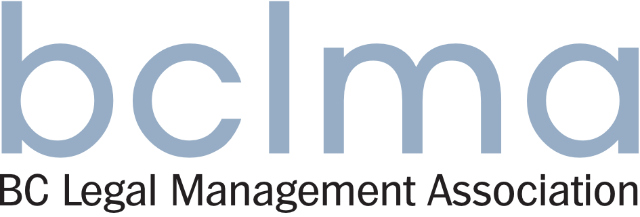A performance system used in figure skating may not be the best way to evaluate employees in your workplace.
Traditional formats of managing performance aren’t working anymore. Employers are moving away from traditional performance management tools, like annual reviews, to new techniques that emphasize real-time feedback.
In the current workforce—where talent is in shorter supply, and the nature of work has undergone significant changes—organizations must focus on developing people, rather than rating them. This requires a shift to performance development.
6 step to improved performance development
Here’s how you as an HR professional can help your management team create a thoughtful performance development plan.
- Audit your current systemto make the case to management that there is room for improvement and to provide baseline metrics. Your audit should ask:
- Where is the current system working well? Where is it falling short?
- Do employees receive timely and frequent feedback?
- Are employees given the chance to master skills and develop new ones?
- Are promotion and compensation decisions fair and equitable?
- Make the case to senior management.Two-thirds of companies are shifting from traditional performance management to an emphasis on developing talent and providing continuous feedback. Present your audit results to senior management. Provide examples of how performance development will help improve areas that need improving.
- Decide how far you’ll go.Some companies have entirely done away with reviews and ratings. Others, such as PwC and Deloitte, have moved towards more frequent performance snapshots. PwC employees now receive scores on five competencies, along with other development feedback, while Deloitte employees receive scores on four categories on a quarterly basis.
- Rethink ways to reward performance, which should be judged not only by how an employee’s performance stacks up against others, but against what is considered success in that role. Also, rethink how your company will identify and support struggling employees in real time, which is better than letting issues fester until the next review.
- Train your staff.Teach managers how to work with staff to create employee development plans. Brief all workers on the new approach, and let them know how their performance will be measured and developed. Set norms around frequency and tools of feedback.
- Evaluate the new system.Six months after implementing a new performance development program, evaluate it based on the baseline criteria you set in Step 1. Report back to senior management on your transition to develop and support talent in real-time.
Chris Lennon is the vice president of product management at BirdDogHR.

